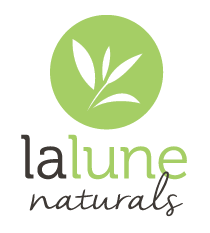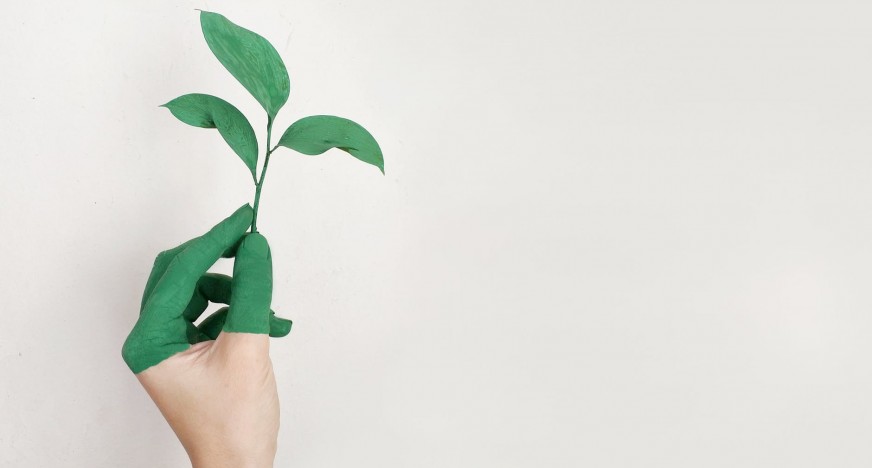Microbeads have received a lot of negative press attention in recent months, but what are they? They’re small plastic beads found in skincare and hygiene products such as face scrubs and toothpaste, and they pose quite a threat to aquatic wildlife. Thankfully, they’re completely harmless to humans. This may explain why they’ve been largely ignored up to now even though the environmental risks have been known for some time.
Soft Skin and Clean Teeth
Microbeads have been used in cosmetics, toothpastes and some medical products for years. The reason they’re so useful is the light abrasive effect they have on skin and teeth, which is good for scrubbing away dead cells and dirt. Essentially, they’re also cheap to produce, which is why many products use them.
They pose no threat to humans, but the problems start when they enter the water system through sinks and showers. They’re not usually filtered by sewerage systems, which means people are collectively polluting the sea with little bits of plastic. To certain fish, they resemble food, and when eaten wreak havoc on their digestive systems.
It may be hard to appreciate the impact this has until you look at the numbers: A study by the State University of New York found that as many as 1.1 million microbeads can be found on each square mile of the Great Lakes’ surfaces. This means the chance of ingestion by vulnerable sea creatures, an essential link in local ecologies, is very high.
What Can Be Done?
It’s rare that products actually say they contain microbeads. Words like polyethylene, polypropylene and polymethylmethacrylate are often used instead. Nylon is sometimes used, which may be listed as PMMA, PET or PTFE. Looking out for these products and avoiding them is a good step in discouraging their production.
Those who appreciate the exfoliating effects of their favorite beauty products may be concerned about sacrificing healthy-looking skin and teeth. However, there’s no need to worry. Salt, rice and even ground up bamboo and nut shells are often used as alternatives. Thankfully, they’re found to be just as effective as microbeads. They also have the benefit of biodegrading before they can pose a risk to aquatic life.
The US and UK governments have already stated their intention to ban microbeads. Additionally, leading beauty and healthcare brands such as Unilever and L’Oreal are phasing them out voluntarily. They’re likely to remain for some time while new formulas are developed, but conscious consumers can start looking for alternatives to avoid adding to the problem.
As with many beauty and healthcare products, producers are often so excited by results that they fail to take note of the risks of certain ingredients. Luckily, in the case of microbeads, they’re likely to be discontinued completely in several years. It is still important to educate ourselves on the environmental impact of the ingredient and begin looking to alternatives when choosing products.


0 Comment